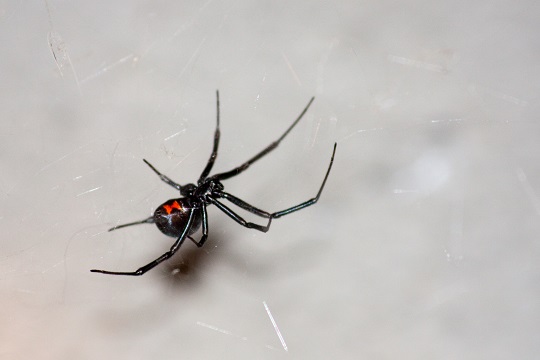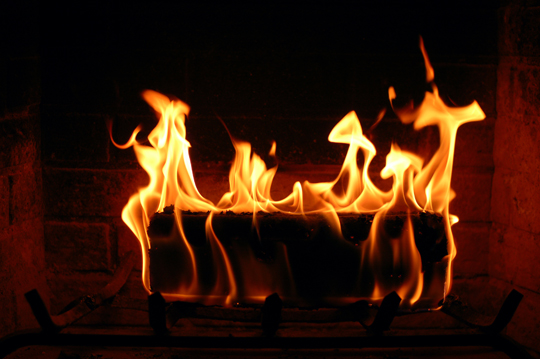The two most dangerous spiders in North America are the Black Widow and the Brown Recluse. A third fear-inciting one is the tarantula, although its venom is not the cause of human fatalities. Here is an overview of the two most common North American poisonous spiders.
Brown Recluse
Most commonly found in Tennessee, the brown recluse spider is one of the most venomous in the world. The brown recluse has recognizable patterns of a violin or fiddle shape on its back (hence, the common nicknames such as Fiddleback Spider, Brown Fiddler, or Violin Spider). Brown recluses also have six pairs of eyes, instead of four pairs of eyes as in most other types of spiders, and this trait is the easiest way to tell it apart from other spiders.
Treat a brown recluse bite by applying ice packs to control the inflammation and aloe vera to soothe it. Seek medical care immediately and if possible bring the spider along to the hospital in a clear container for diagnosis. While most brown recluse bites do not cause death, a small number of bites have resulted in serious effects – flesh around the wound may die (necrosis), and in very rare cases the venom may cause red blood cells to die.
Brown recluses live in attics, storage boxes, sheds, garages, rock piles, and stacks of lumber, which are all easy to accumulate in and around the home. To get rid of brown recluse spiders you can vacuum up the spider, web and egg sacs and make sure you seal the vacuum bag before throwing it into the dumpster.
Black Widow
Black widow spiders (pictured above) are both poisonous (don’t touch it!) and venomous (don’t let it bite you). As such, it is one of the most dangerous spiders in the world. While only the females bite, the males are still poisonous to the touch. There are two types of black widows in North America – one type that lives in the north and another which lives in the south. You can recognize the northern black widow by the shiny red hourglass shape on its black, shiny back. The southern widow is characterized by a row of bright red, white, or yellow dots on the top and two perpendicular bars on its underside, with brown or red legs.
Only the female black widows bite (and eat their partners after mating), and their bites cause acute pain, which may be followed by muscle cramps in the area, abdominal pains, weakness, and tremors. Some severe cases may result in vomiting, nausea, faintness, dizziness, chest pain, and respiratory difficulties. However, these bites rarely result in death and are usually more severe in children and the elderly. It is difficult to treat the symptoms of the spider bite, and if it is life-threatening, it will be easy to tell early on. In the event of a black widow bite, you should contact emergency medical services immediately. Usually the pain can be treated at home with hot and cold compresses.
Black widows are nocturnal so watch out for them at night. They also prefer dark corners and live outdoors, in and around piles of junk, rocks, logs, or even in the bark of fallen trees. Be careful when reaching out into dark areas in garages and outhouses. You can use insecticide on them, or call an exterminator!
Get Rid of These Biters
If you believe you have poisonous spiders living in or around your home, it may be wise to call in an exterminator. TalkLocal will connect you with up to three pest control technicians in your area, who will be able to help you out. Use TalkLocal today, and be speaking with the right professionals in just minutes!











